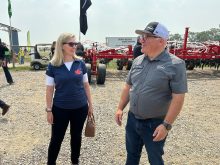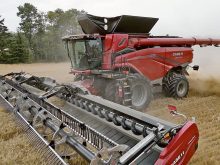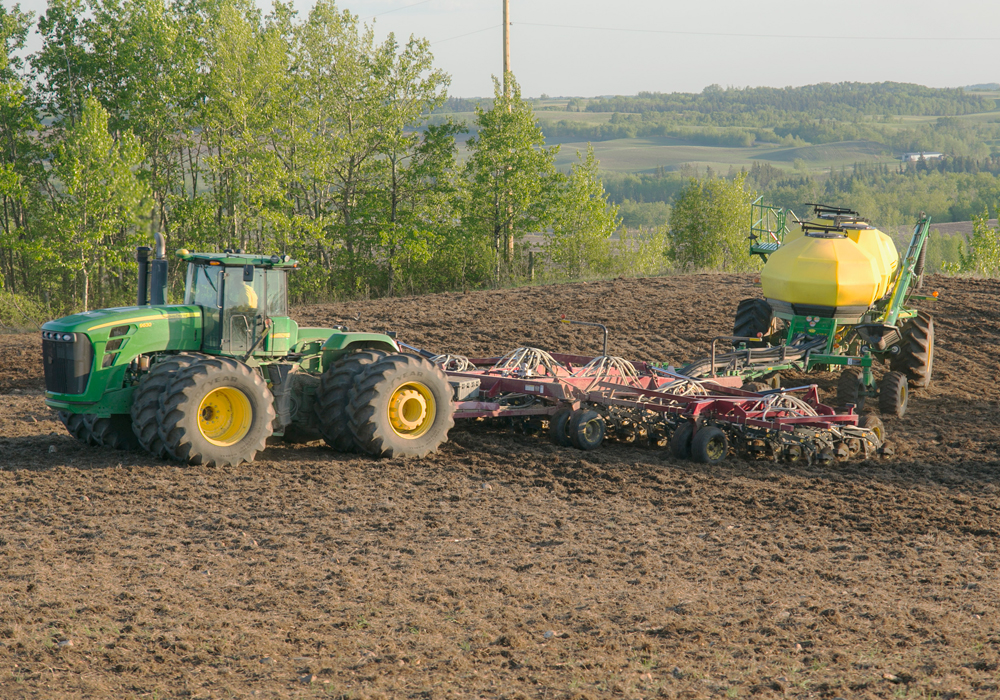Flax farmers have lost lots of money because of Triffid’s unexpected presence in the prairie crop, but where it came from is still an unanswered question.
That disgusted one Manitoba farmer at the Manitoba Seed Growers Association’s Genetic Expo event in Winnipeg Dec. 9.
“I do not believe that somebody doesn’t know where it came from,” said Starbuck farmer Ed Rempel after hearing a presentation on testing for traces of genetically modified seed in flax.
“I don’t think anybody wants to find the farmer responsible.”
Read Also

Farmers urged to be grain-safe this fall
Working around grain bins comes with risk, from farmers falling to drowning in grain: Experts have five tips to help avoid grain-related accidents this harvest.
But crop tester Dustin Edmison of SGS Agricultural Services said the origin might not be traceable.
“We may never know,” said Edmison.
The controversy and market disruption caused by Triffid added a gripping element to the conference.
The topic arose in many sessions and was a common topic of conversation in the hallways.
Traces of Triffid, an unregistered GM flax variety, appeared earlier this year in Canadian flax shipments arriving in Europe.
Some seed growers who have had their crops tested were breathing sighs of relief after finding out that they are free of Triffid. Other farmers were still speculating about where the tainted flax has been coming from and whether it was spread through common seed or pedigreed seed.
Manitoba Seed Growers Association president Ron Jeffries said there is no evidence that Triffid spread through the seed system.
In fact, concerns over Triffid illustrate one of the key benefits of using certified seed.
“One guarantee you have when you plant certified seed is that you know exactly what the genetics are and you know it’s pure seed,” said Jeffries in an interview.
“If you take it out of the bin, it’s a mixture. It could be fine, but good enough is not close enough any more. It has to be pure.”
Jeffries said the flax problem will speed up the moves already underway to create a strict quality control system all the way from seed to the processor.
“It just emphasizes how important traceability is going to be in the future,” said Jeffries.
“When the farmer puts something in the ground, he has to know what it is and the buyer needs to know where it’s coming from. You’re going to have to guarantee at the elevator what it is because there needs to be confidence.”
Rempel said grain elevators take and keep samples of the grain unloaded, so it should be easy to find which loads brought Triffid into the system for at least the last few months.
But he doubts the commercial system wants to deal with blame and would prefer the problem to just fade away.















